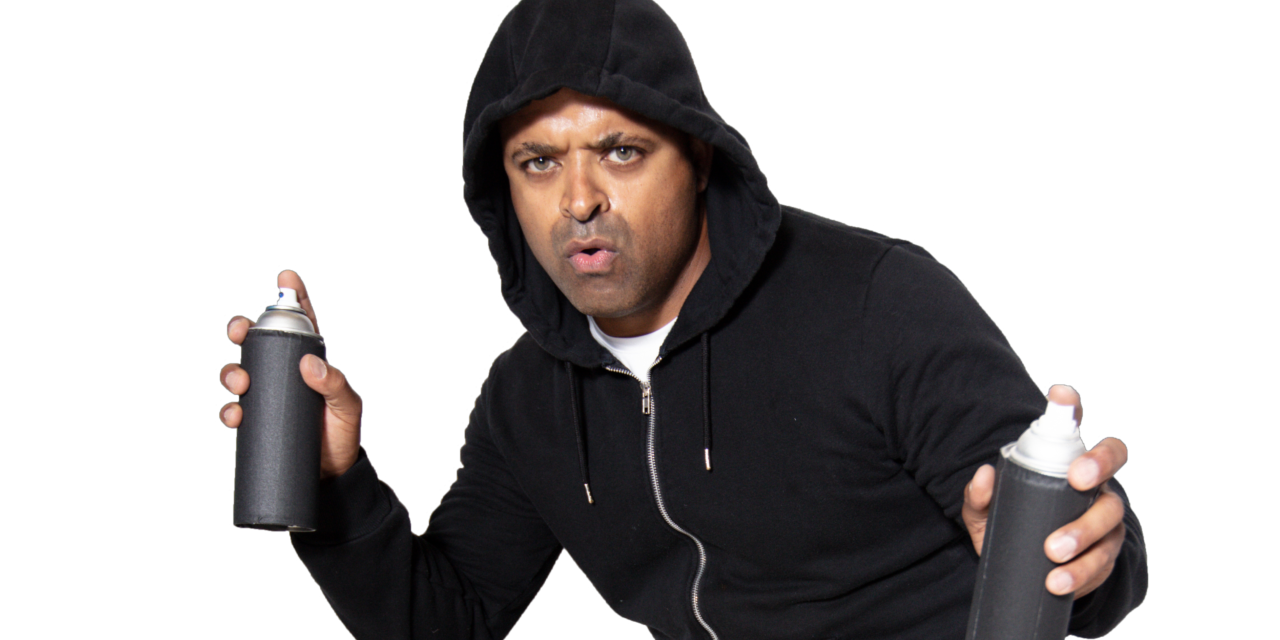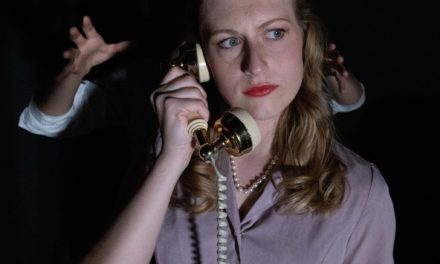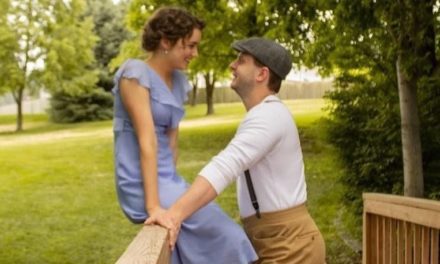LOGAN — Hip hop history takes the stage with Break it Down, written and performed by Herb Newsome and directed by Trisha LaFache. The show appears as part of the 2023 Lyric Rep Season and is a showcase of one artist’s talent. Break it Down is billed as a “one-man hip hop journey through time.” and the description fits, as does the appropriate movie equivalent rating of PG-13. As a production, the subject matter and format make the show a unique selection to showcase in Utah.
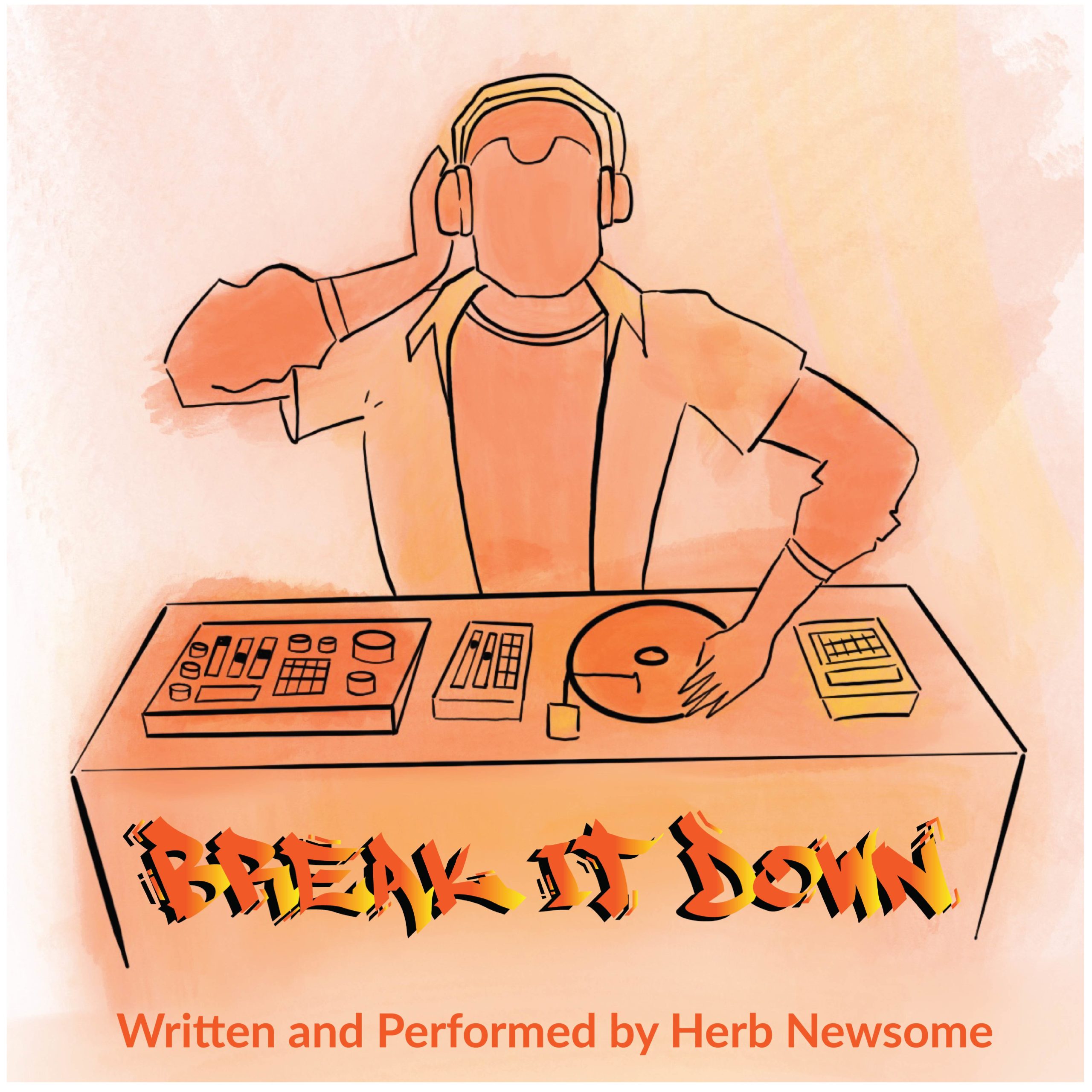
Show closes July 22, 2023.
Starting with the early days of hip hop in the Bronx, Newsome performs various roles depicting a time when urban decay and gang culture inspired people to create their own form of expression. Newsome crafted the script to convey the feelings and actions of those who survived in the Bronx in the 1970s and what the development of hip hop expression meant to them. Newsome’s charisma, comedy, and talent never falter in portraying each character with genuine sincerity and heart. Newsome represents with proficiency many characters in this community and entertains in informing (or breaking down) the elements of hip hop: DJing, B-Boying, Graffiti Art, and Emceeing. In representing a variety of characters and perspectives, Newsome delivers their stories including their sorrows and survival, heartache and joys, all-encompassing the whys of their actions.
From an opening and closing monologue as a radio emcee, Newsome deftly shows the flow and rides the rhythm voicing this hip hop history about to unfold. As each element is introduced in its historical time, Newsome voices the perspective of a people yearning to create and express, featuring the quick mix of Grandmaster Flash, a young student with his first rap, and the dance of a B-Boy. In the B-Boy segment, Newsome demonstrates versatile and incredible dancing skills with some disco, East, and West Coast B-Boy dancing. Delightfully switching the east coast B-Boy repping the New York Yankees to the west coast by flipping a baseball cap to reveal the LA Dodgers logo. Beyond this costume hat trick, Newsome also alters voice and movement to portray this new character again showing range as a performer. This is true across the many characters Newsome portrays throughout the course of the show, clearly showing each character’s personal flavor. Adding to this performance is the emotional range Newsome exhibits. In a moment, Newsome can show levels and nuances in emotion from strength obscuring fear to bravado over relief. This is particularly noticeable in the intimate black box stage set and Newsome is very capable.
Beyond serving as the performer of the show, Newsome wrote the play. There is an abundance of hip hop info in the script that is accessible to a newcomer with plenty of easter eggs for those well-versed in hip hop history. The show’s structure also shows excellent symmetry, as it teaches how all the elements of hip-hop led to the emcee demonstrating an ability to craft a story over the beats and rhythm of the breaks. Like Shakespeare’s soliloquies, Newsome’s monologues convey information but also have intrinsic rhythm and structure. The means of telling the story of hip hop use the very elements described in the show creating an effective demonstration of the whole piece as Emcee Newsome concludes the play. This conclusion functions as a summary of hip hop through time with the various styles, beats, and music, and Newsome has rewritten the hip hop lyrics of these beats to fit this production.
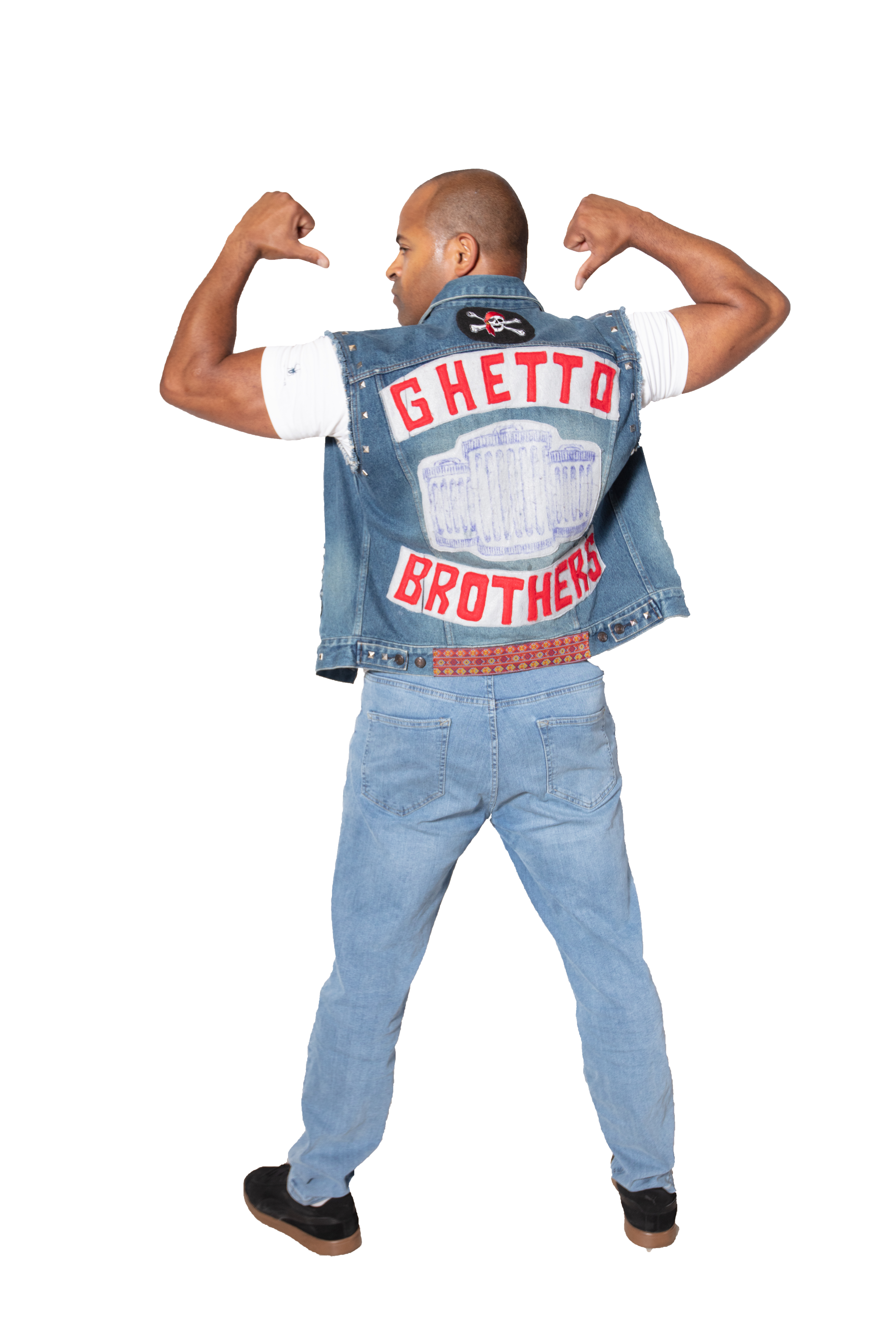
Herb Newsome in Break It Down.
The production also has one of the best preshow ambiance designs. While the audience enters, Newsome is already present DJ-ing on the radio set, playing the preshow music. The set is an incredibly detailed space, which Newsome designed with scenic coordinator Amy L. Critchfield. There is the radio DJ table and records, street signs on every corner of the space, and a chain link fence with a tear opening to a railcar with graffiti. There are even tennis shoes strung up to lighting beams, a disco ball waiting, and posters all around the audience space. The whole space immerses the audience into the Bronx and is ready for the promised hip hop history party.
LaFache directs the elements of Break It Down in a way that lets Newsome’s talents shine. During production (particularly during breaks where Newsome changes characters), two projection screens are used overhead the set with real pictures and images to assist in telling the story. The screen overhead the radio set seemed blurry compared to the other, but this did not detract too much from perceiving the images. The images portrayed on the screens definitely add to informing the history of hip hop and help those less familiar to understand the references in the script. Lighting designer Brian Garrick uses spots and lighting to highlight the story, especially the emotional beats. The lighting helps aid in the sense of place, showing nighttime when the graffiti artist sneaks over to the train car, single spots that are streetlamps, and general flow in the lights that match the flow and rhythm of the music. Likewise, the sound design by Korey Lamb is equally fluid in matching the tempo and rhythm of Newsome’s performance and adds to telling this hip-hop history.
After the show, I marveled at Newsome’s theatrical talent. Break it Down is a triumph in showcasing Newsome’s abilities as a performer, as he demonstrates skills as a theatre artist, playwright, and hip-hop expert in all aspects of the performance. The production elements of many make this show an incredible theatrical performance that works to entertain effectively throughout this one-man history journey. The production is a great, unique, theatrical event, and even more so for those who love hip hop. The rhythms and beats of the music underscore a stunning performance, and Lyric Rep certainly proved that Herb Newsome is a talent to feature.

This review is generously supported by a grant from the Utah Division of Arts and Museums.

